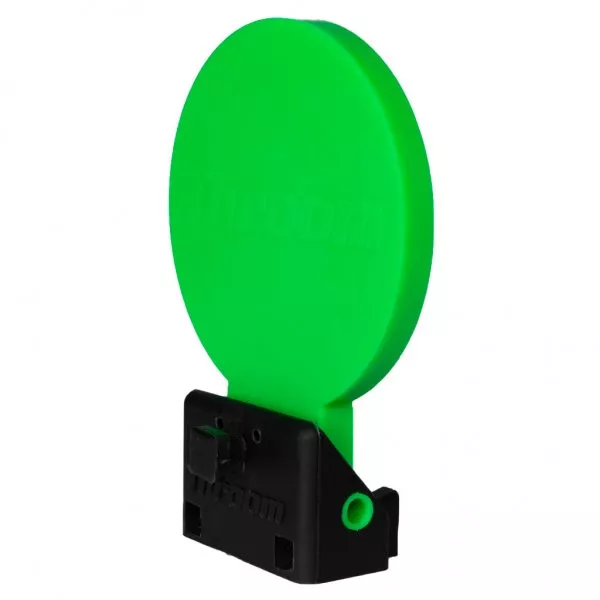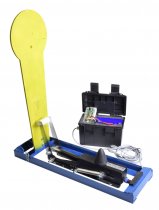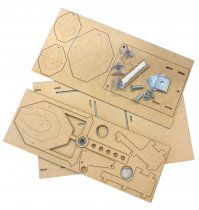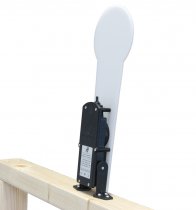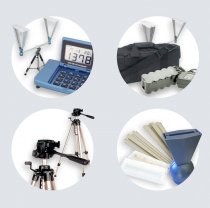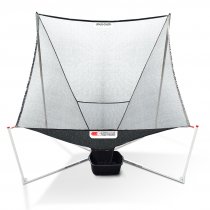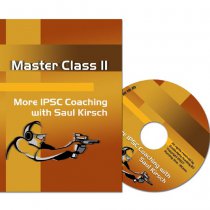FAQ
Q: When mounting the collator, what is the best angle to use?
For the majority of bullet types, a collator plate angle of 45 degrees will provide excellent results. When the surface of the plate is set to and angle of 45 degrees from vertical, the walls of the collator plate slots will also be set to 45 degrees (in a mirror image). Most bullets will easily slide down and out of the slots at this angle. Cast lead wax-lubed bullets and very long bullets may slide out of the slots a bit easier if the collator plate angle is slightly reduced. For example: reducing the plate surface angle 2 degrees (to 43) will increase the steepness of the slot wall angle by 2 degrees (to 47). This slightly steeper wall angle will help overcome some of the additional friction that occurs between the cast lead wax-lubed bullets and the slot wall. In any case, never adjust the plate surface angle to be less than 40 degrees (50 degree slot wall angle) as this will cause bullets to begin to be collated erratically in the nose guide area.
Q: Why is the collator speed adjustable?
Collator output rate primarily depends upon bullet type, weight, length and rotational speed of the collator plate. You will find that one type of bullet will collate more efficiently at a certain speed than another. Experiment with the speed setting to find the best output rate for the bullets you will be using. Use the highest speed that provides dependable performance.
Q: My output tube spring appears to be too long (or too short). Can it be trimmed shorter or stretched to make it longer?
The output tube spring shipped with your unit should be approximately the correct length for proper operation, but if necessary, you can either trim it or stretch it as needed. If you trim it shorter, dress the cut off end with a file so that bullets are less likely to be caught on a sharp edge. On a FIXED TOOLHEAD press (i.e. Dillon XL-650), you should be able to route the spring tube so that it provides a smooth path for the bullets to pass through on the way from the collator to the dropper tube. The spring tube should NOT be routed in a way that applies any significant lateral or upward tension to the dropper tube. The dropper tube must be able to freely reciprocate up and down while dispensing bullets. (related issue: also be sure to position your powder measure so that it does not contact the dropper body and interfere with its up and down motion.) On a MOVING TOOLHEAD press (i.e. Dillon Super 1050), you will need to route the output tube spring in such a way that it applies no significant lateral or upward tension to the dropper when the toolhead is in the FULLY DOWN position. Then, when the toolhead is fully UP, there will be some slack in the spring tube. This is normal, however… you may find that bullets fill up the spring tube and cause it to sag too low to allow bullets to pass to the dropper. If this happens, you might try attaching a fairly stiff wire to the casefeeder tub and shaping it to gently support the output tube spring when the toolhead is up. Remember to also check for any interference between the bullet dropper tube and the powder measure.
Q: Bullets are not being flipped properly, what is the problem?
You need to first check the position of the nose guide. Most likely it is not set correctly. Refer to the vide tutorial about setting the noise guide and flip wrap. There the process is described in detail.
Q: Bullets are piling up in the spring on my 1050, how do I resolve this problem?
The feed spring may be a little long. Consider moving your collator a little, to put more tension on the spring, or shorten it a little. Another good solution is to improvise a little support arm for the spring, to prevent it sagging too far down and creating a bullet trap in it. Refer to the video tutorial about setting up on a 1050.
Q: Bullets are dropping out from the cases once they are seated, what is the problem?
You need to adjust the powder funnel. Most likely it is a little high, and it is not expanding the brass as it should, and therefore the bullet is tipping over when you index. Refer the video tutorial on adjusting the powder funnel, and make sure you are using OUR funnel, and not the original from Dillon.
Q: How do I get the collator in the right angle?
A good starting point is to have the short vertical arm set so the plastic pucks and touching each other, and the rear vertical arm with about 6-6.5cm between the two pucks. Refer to video tutorial on this set up.
Q: What adjustments are necessary for your 9- mm plate to properly drop the shorter 380 ACP. anything more than experimenting with the spacers and ledge size? I was trying to find the right combo, and it was not easy. 9-mm works like a champ.
For short light 380 bullets it is often better to use the small output tube assembly and not the large one supplied with the 9mm and all pistol calibers. In that tube, the bullets may tend to turn sideways and get stuck. The small output assemble, as used with the rifle calibers resolves that issue.
.png)






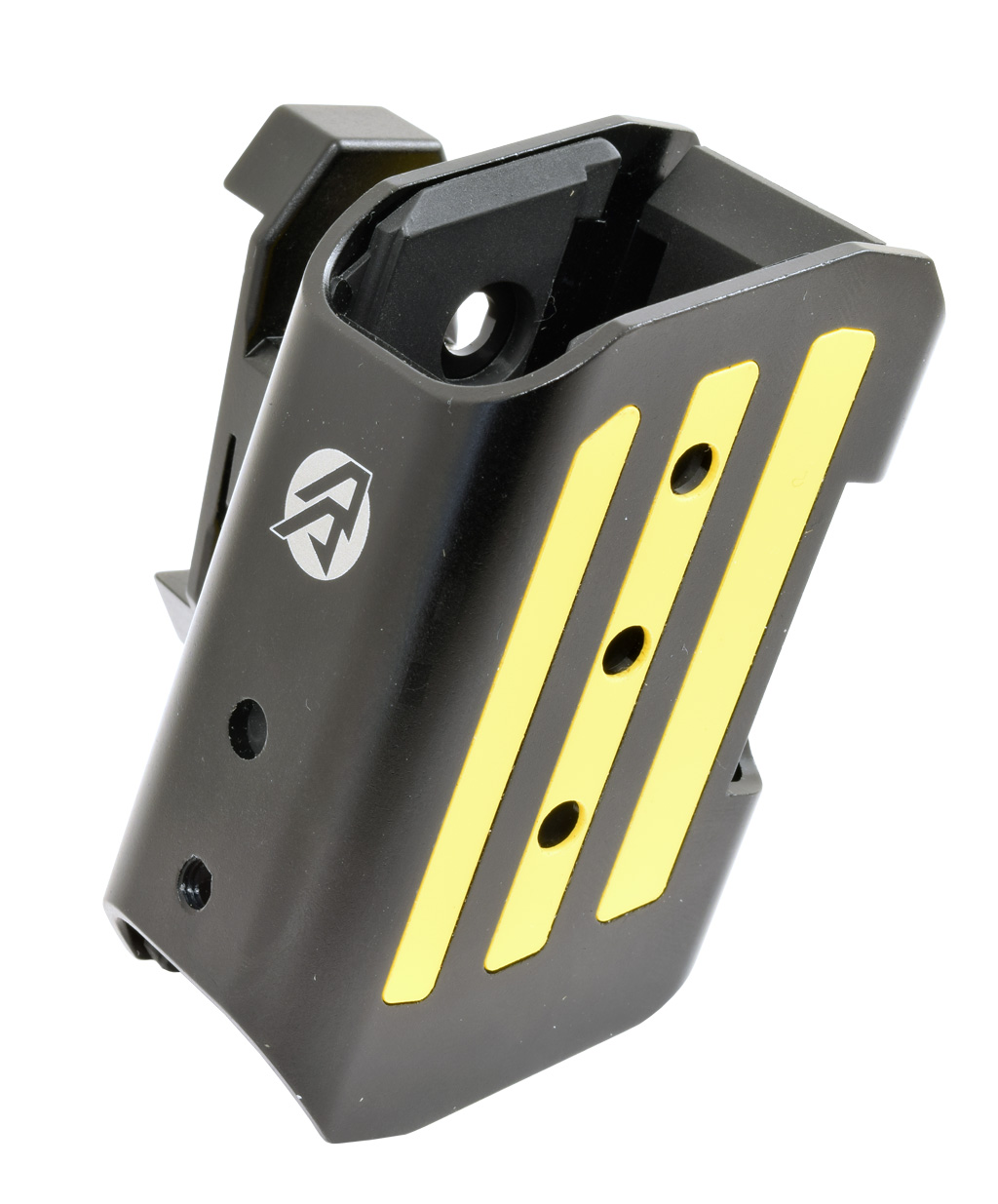
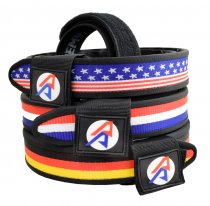
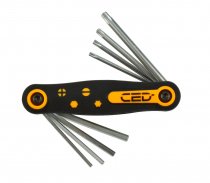
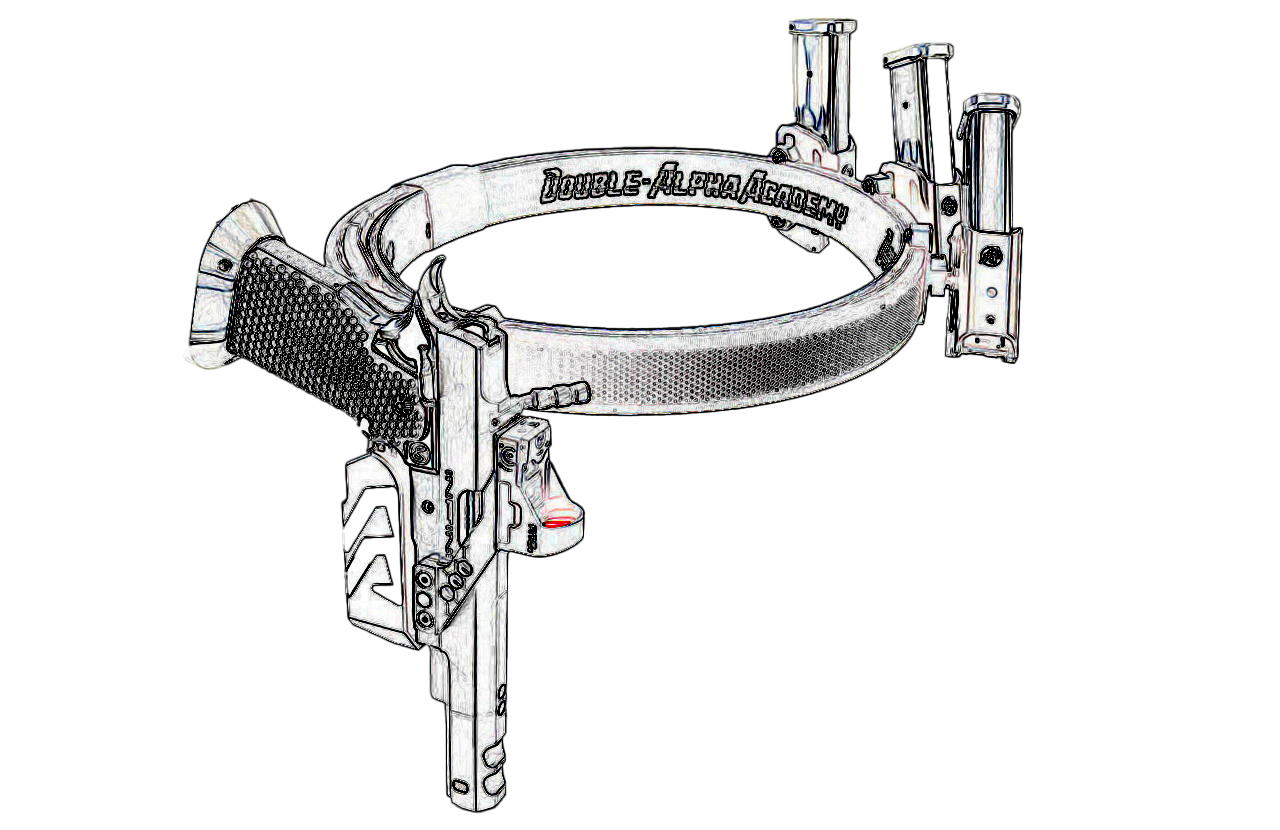


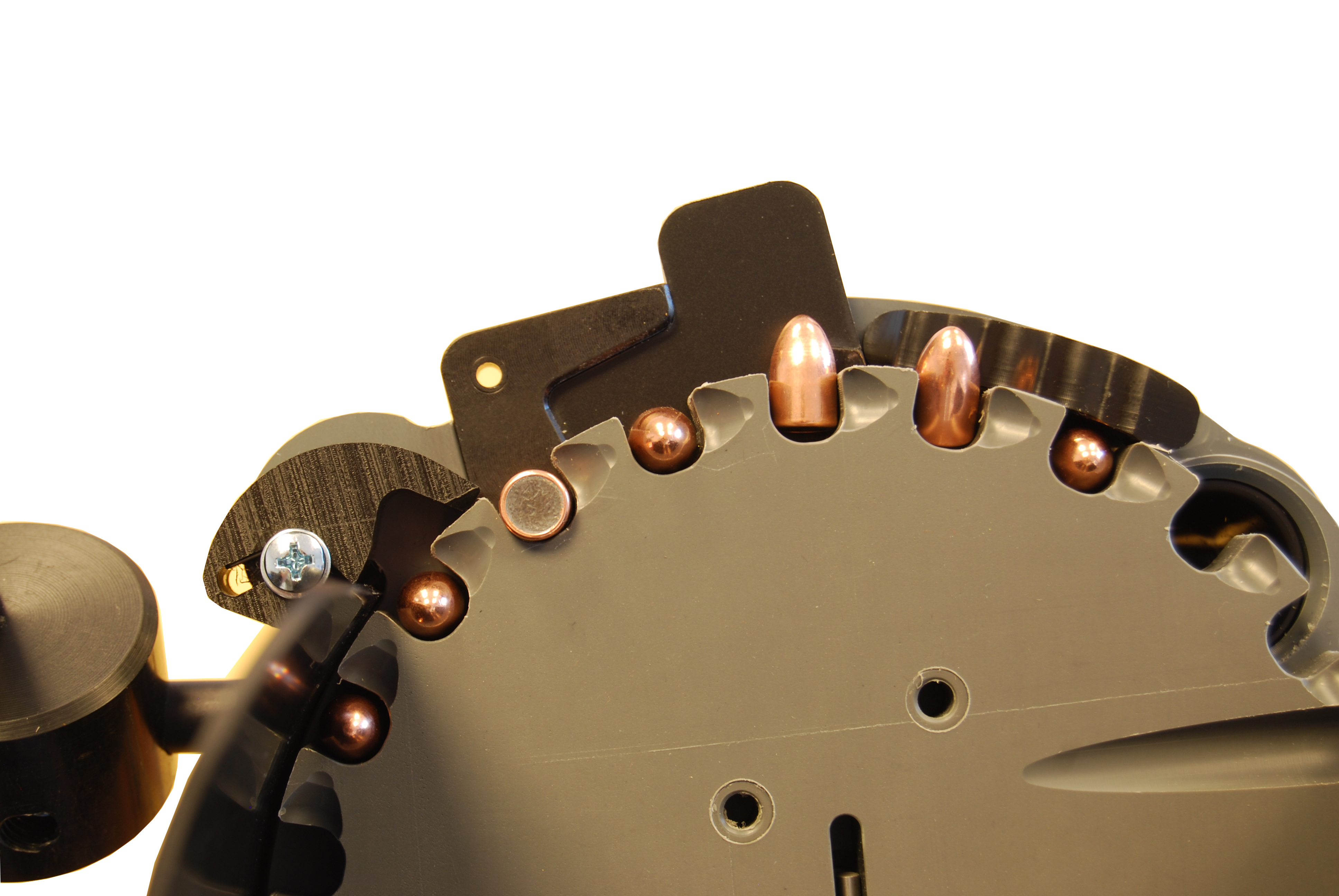
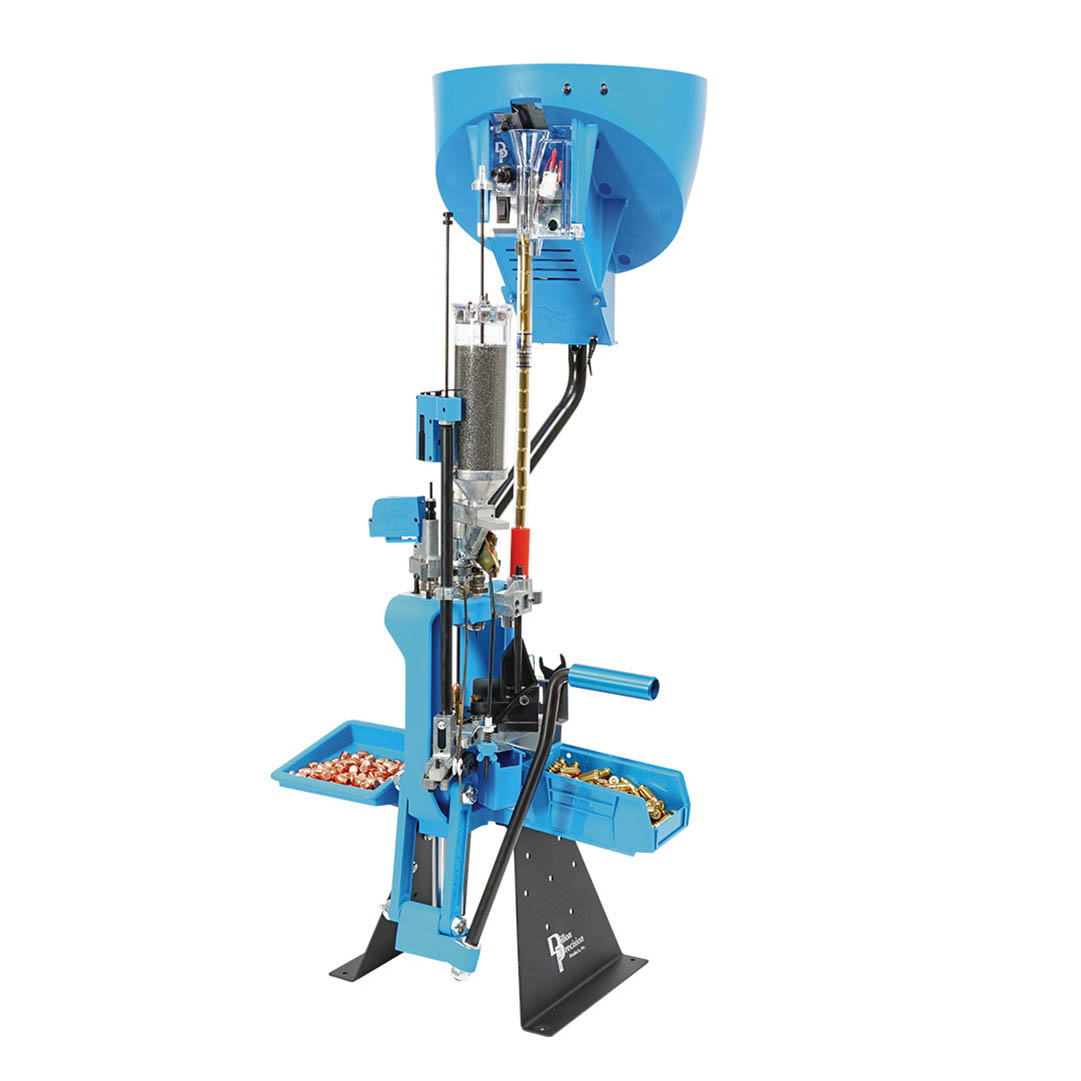


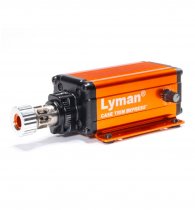
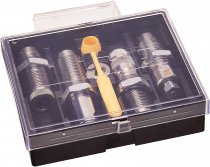

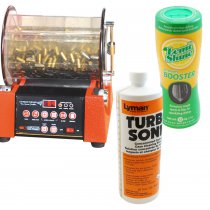
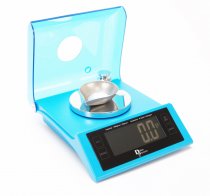
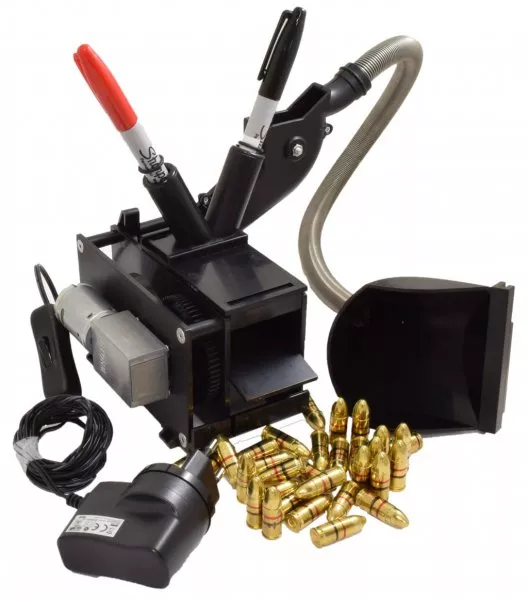

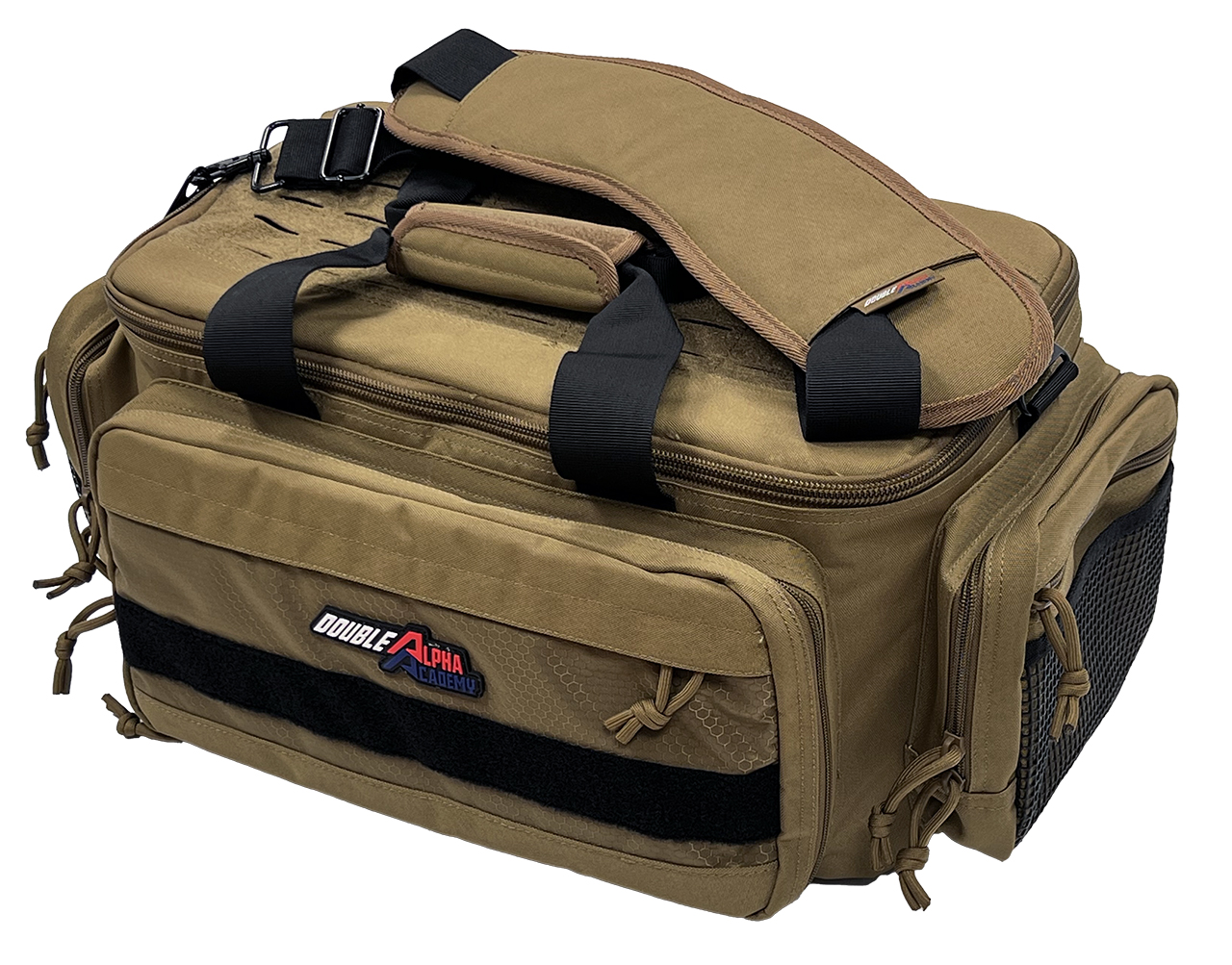
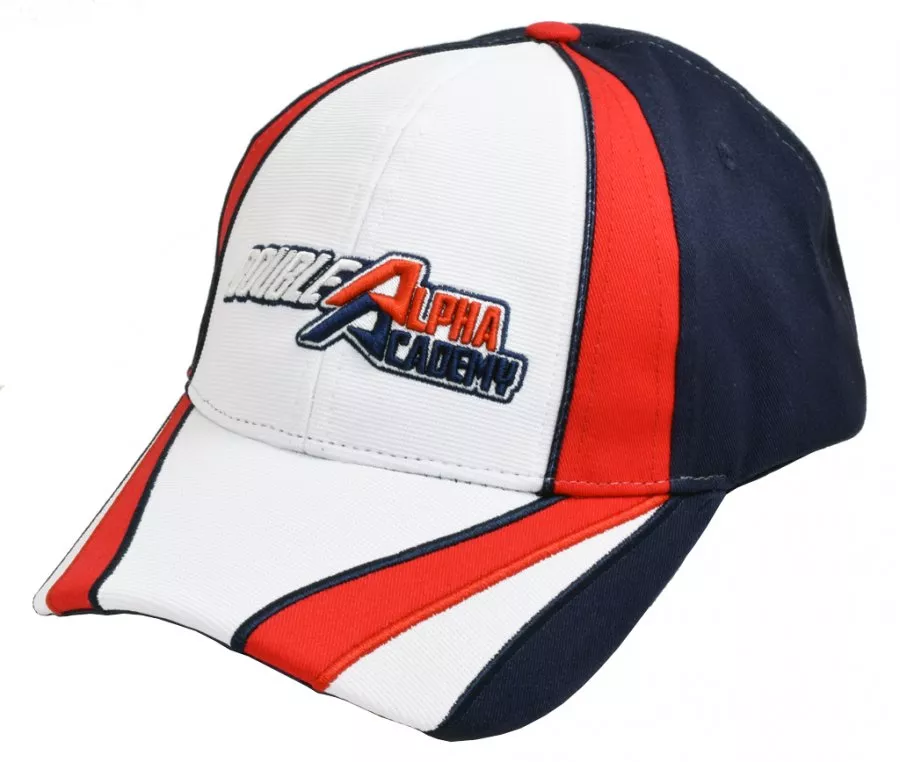


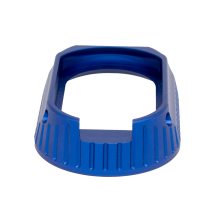
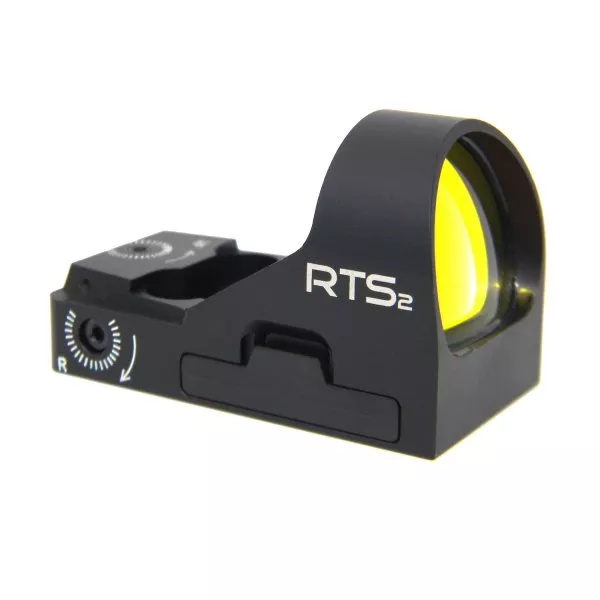
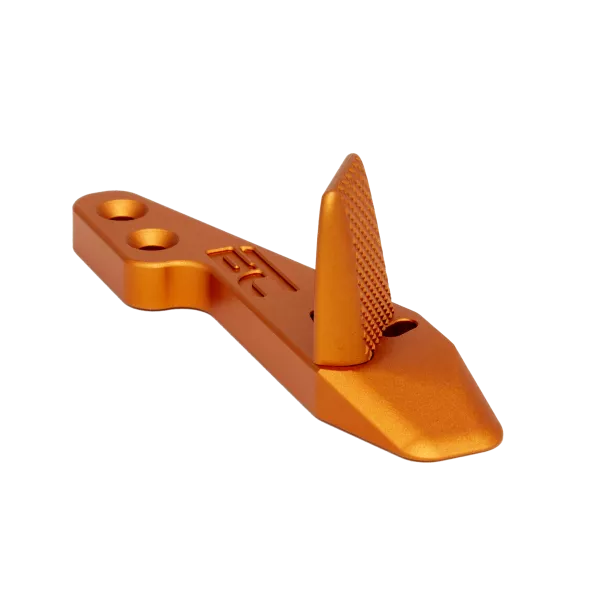
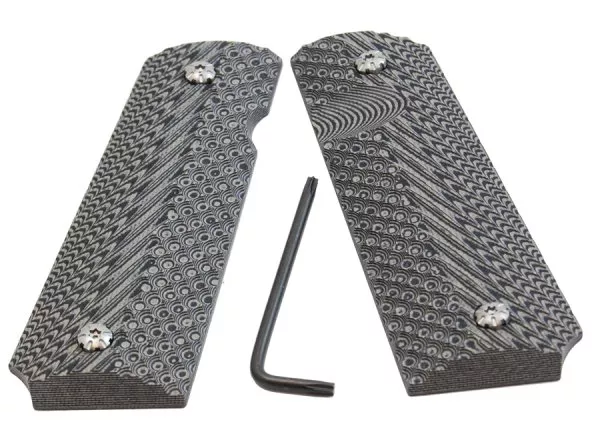
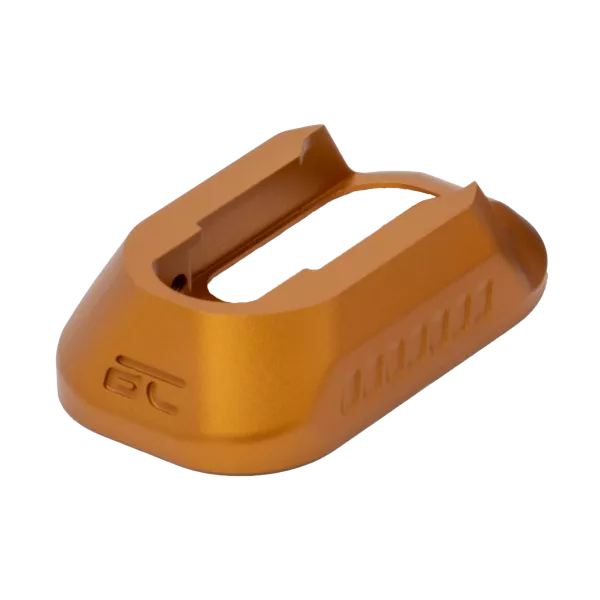
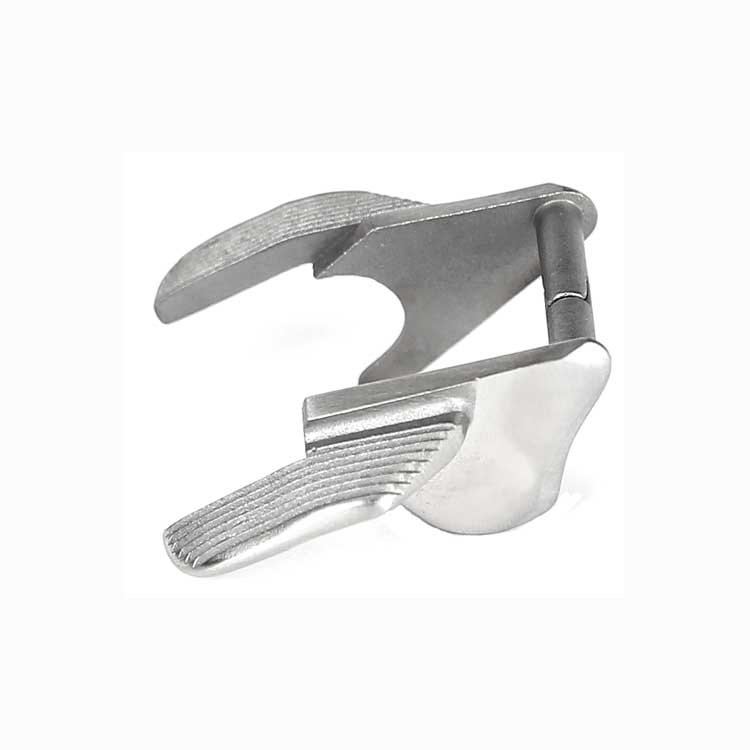
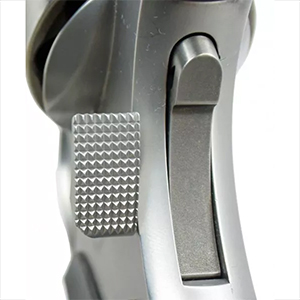
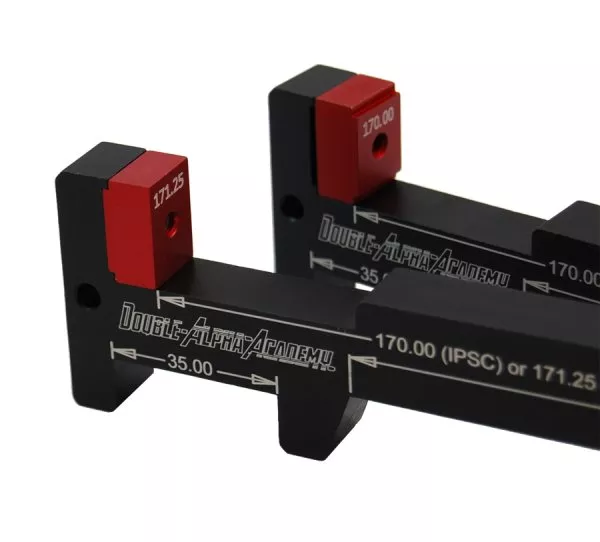
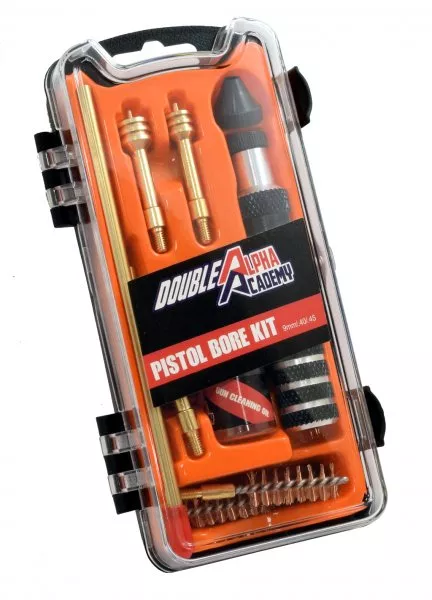

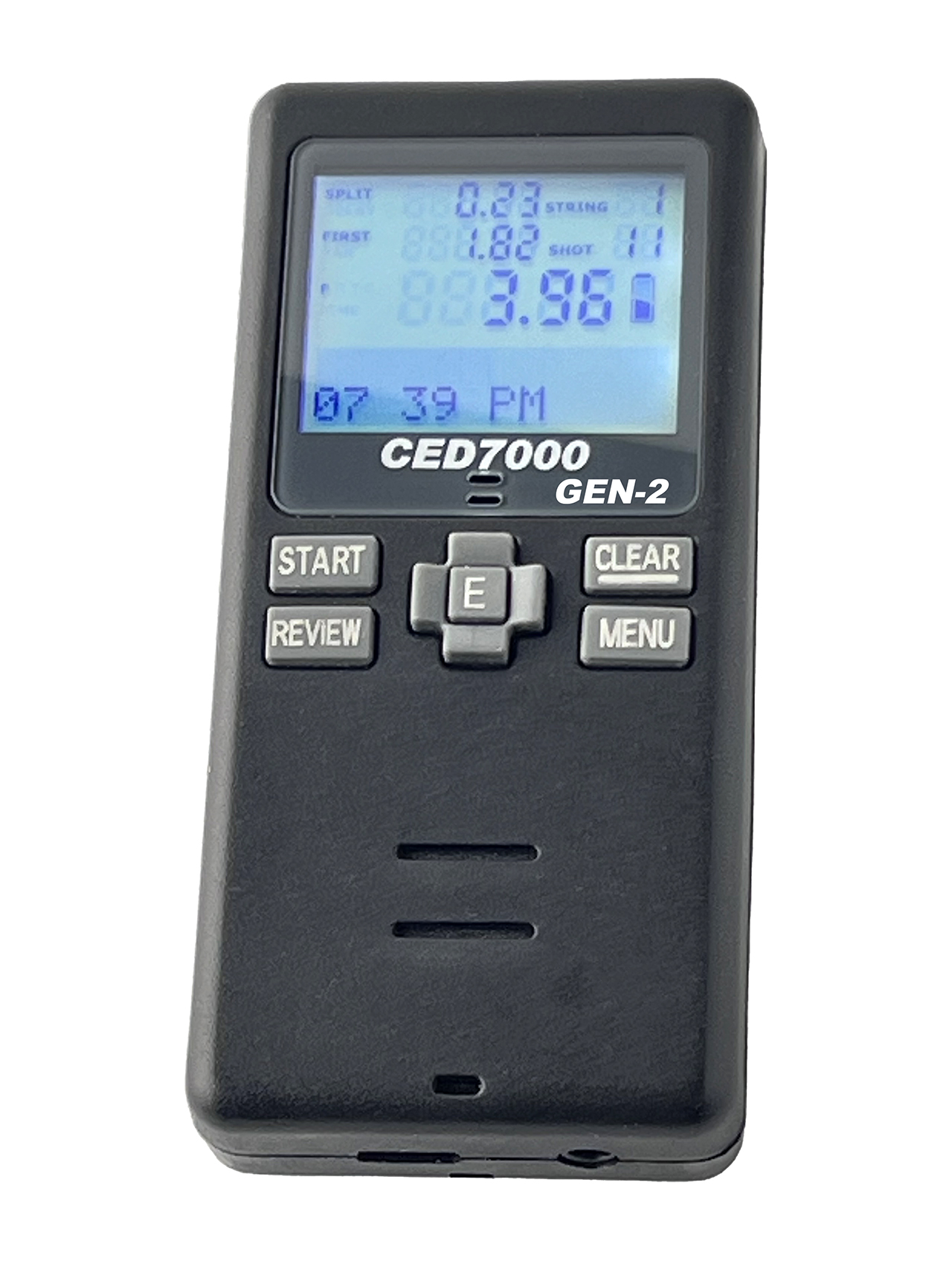


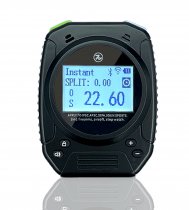
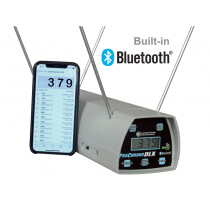
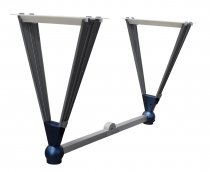
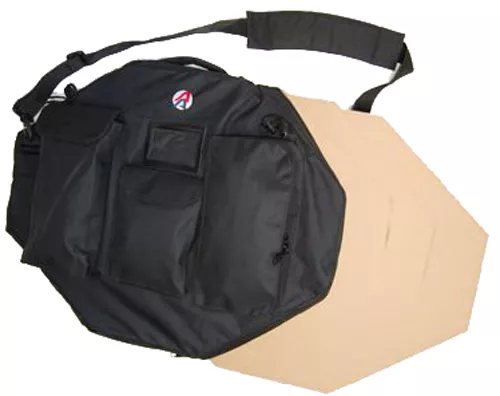
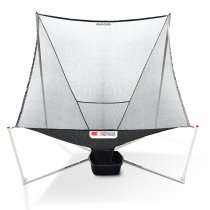
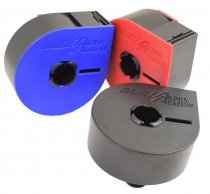
.webp)

